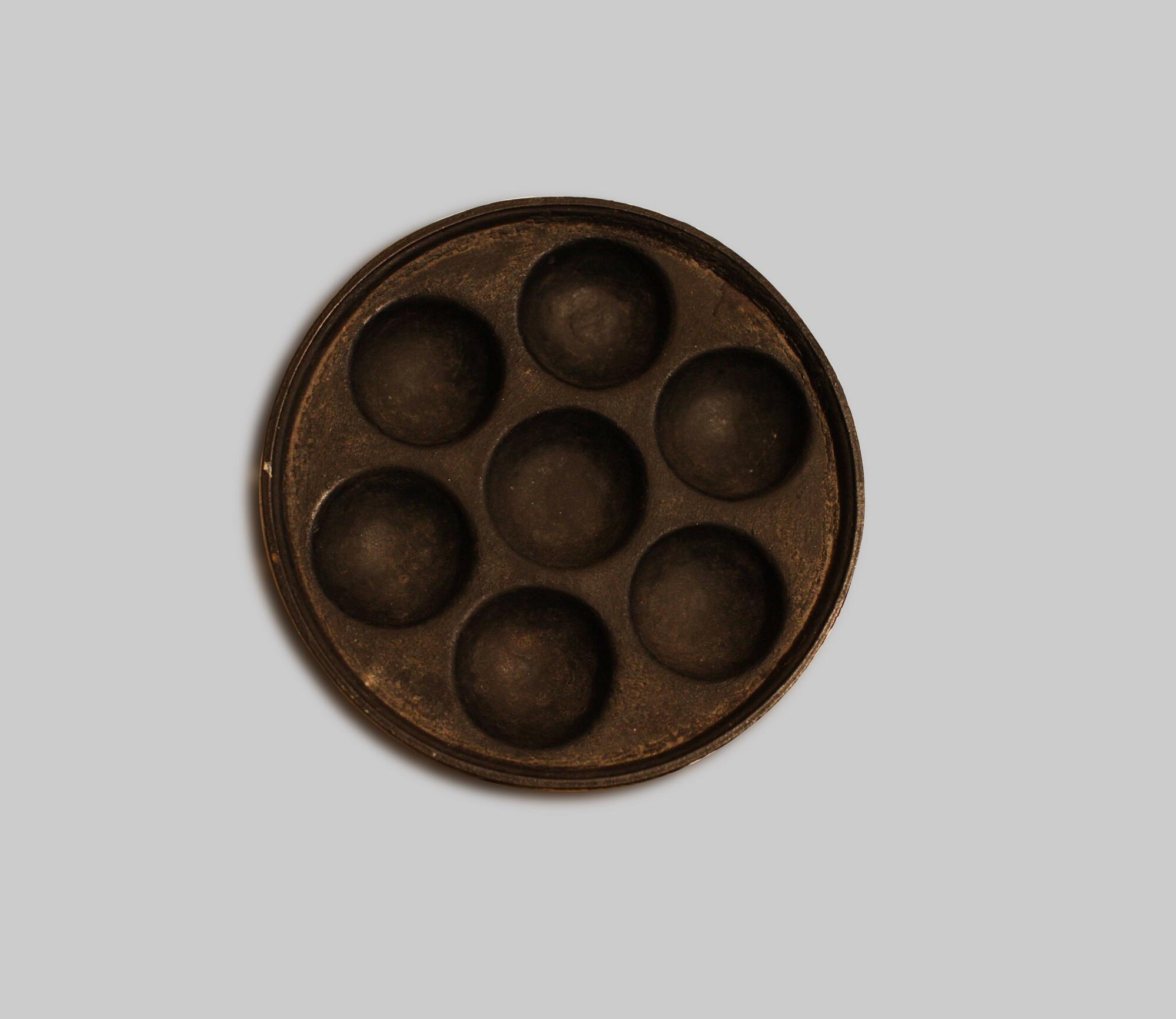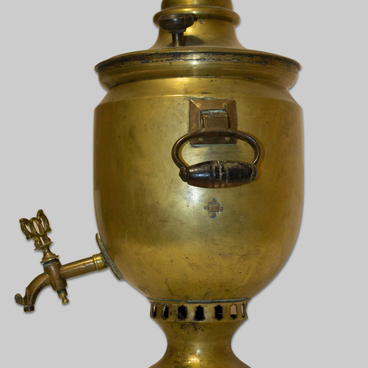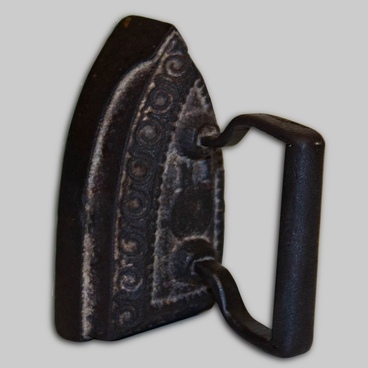Though literature provides a rather detailed description of such a famous treat as a donut, researchers argue regarding the time and place of its origin. According to one of the readings, donuts were cooked by ancient Germans for the Yule Festival to celebrate the longest night of the year. Some say it was the Jew who invented donuts. The most incredible legend tells the story of the Danish Navy captain Hanson Gregory, who could not part with baked treats while standing at the helm. Once, during a storm, he had to pin a bun on the handle of the steering wheel to free his hands. Thus the bun got a hole in the middle and became a donut.
Some etymologists believe that the Russian word for the donut, ‘pyshka’, came from the Polish language where it is spelled as ‘pączek’. Others believe the word is derived from the Russian verb ‘pyhat’, meaning ‘to blaze’. Ancient Slavic sources describe some kind of a yeast pastry cooked in boiling oil. Ivan the Terrible himself tried pyshka donuts, as evidenced by descriptions of royal meals of that time. PYshka recipes are also recorded in cookbooks between 1811 and 1817.
The round cast iron backing pan exhibited in the museum was produced in the late 19th century. Such cast iron pans were used to bake pyshkas, they were smeared with butter or grease so the pastry would not stick to the pan and remained intact. After spreading the dough in the cavity, the pan was put into the oven. The oven had to be closed with a flap so that the pan would warm up evenly and the pastry would brown. When ready the pastry was greased with egg yolk or butter.
This sweet pastry is mentioned in the famous Book of Tasty and Healthy Food originally published in 1939 that became an indispensable guide for Soviet housewives. Writers all over the world often described this pastry in their fictional works. For example, the 19th-century writer Alexey Pisemsky describes donuts as a rather expensive treat in his work ‘The Carpenter’s Artel’: “At some fairs, he would eat one silver ruble worth of donuts; he always had nuts in his pockets”.
Some etymologists believe that the Russian word for the donut, ‘pyshka’, came from the Polish language where it is spelled as ‘pączek’. Others believe the word is derived from the Russian verb ‘pyhat’, meaning ‘to blaze’. Ancient Slavic sources describe some kind of a yeast pastry cooked in boiling oil. Ivan the Terrible himself tried pyshka donuts, as evidenced by descriptions of royal meals of that time. PYshka recipes are also recorded in cookbooks between 1811 and 1817.
The round cast iron backing pan exhibited in the museum was produced in the late 19th century. Such cast iron pans were used to bake pyshkas, they were smeared with butter or grease so the pastry would not stick to the pan and remained intact. After spreading the dough in the cavity, the pan was put into the oven. The oven had to be closed with a flap so that the pan would warm up evenly and the pastry would brown. When ready the pastry was greased with egg yolk or butter.
This sweet pastry is mentioned in the famous Book of Tasty and Healthy Food originally published in 1939 that became an indispensable guide for Soviet housewives. Writers all over the world often described this pastry in their fictional works. For example, the 19th-century writer Alexey Pisemsky describes donuts as a rather expensive treat in his work ‘The Carpenter’s Artel’: “At some fairs, he would eat one silver ruble worth of donuts; he always had nuts in his pockets”.



